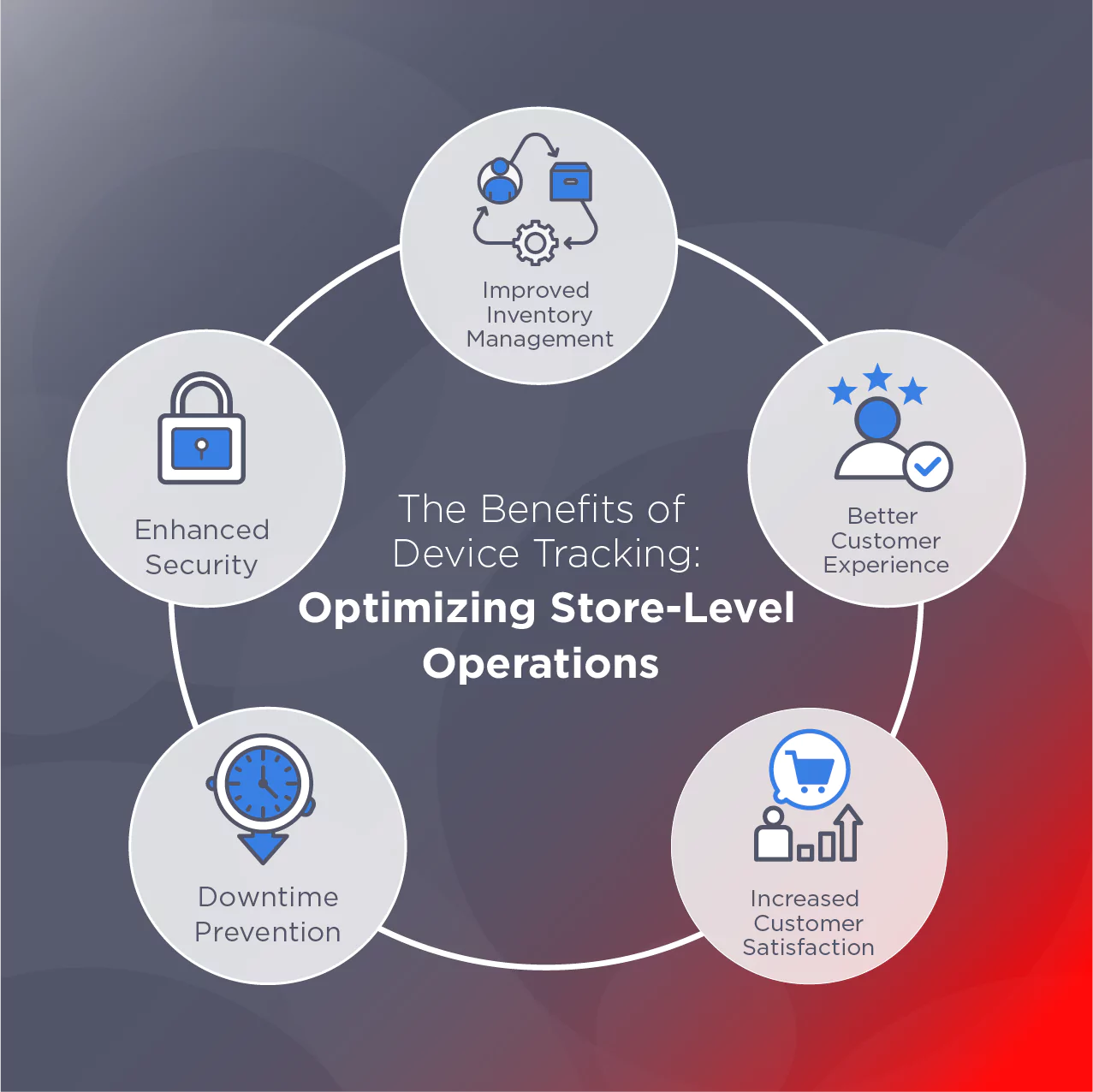
How Can Device Tracking Improve Retail Operations?
Retailers today are navigating an increasingly complex landscape where every second counts and every purchase matters. As stores juggle evolving customer expectations, rising operational costs and a growing need for real-time responsiveness, achieving operational efficiency is no longer optional—it’s critical for retail success.
As a result, many retailers are turning to smarter technologies like device tracking to improve retail operations, which is proving to be a gamer-changer. By keeping track of essential tools like rugged handhelds, scanners and mobile POS systems, businesses can unlock new visibility into their device fleet, which empowers data-driven decisions.
Device tracking is more than just knowing where equipment is, it’s about ensuring devices are available, functional and ready to support employees. In this blog, we will dive further into retail device tracking, including what it is, key benefits and why it’s essential to the future of retail.
What Is Retail Device Tracking?
This type of technology is commonly leveraged to provide location details of misplaced devices. However, device tracking also enables real-time monitoring of devices, including its usage, battery life and performance.
Whether using RFID tags, GPS-enabled devices, wearable tech or mobile POS systems, device tracking ensures you’re aware of device performance and functionality in real time, enabling you to address device issues before they occur while simultaneously giving you the insights needed to rectify situations on the spot.
The Benefits of Device Tracking: Optimizing Store-Level Operations
Click to expand and download
-
Improved Inventory Management: By tracking what inventory is in stock, retailers can provide better customer support and reduce unexpected stockouts or overstock.
-
Better Customer Experience: Misplaced items can lead to lost revenue or poor customer experience. Being able to find a product quickly that meets customer needs increases the likelihood of purchase.
-
Increased Customer Satisfaction: Reduced friction during in-store experiences leads to customer loyalty, improved satisfaction and higher revenue.
-
Downtime Prevention: With access to device-level insights, you can avoid downtime during peak hours by swapping batteries that need replacement, tracking and locating misplaced devices, and more. Additionally, IT teams can identify the root cause of device issues, allowing them to be proactive before productivity is affected.
-
Enhanced Security: Better monitoring enables businesses to keep track of lost or stolen devices, ensuring sensitive corporate and customer data remains safe and secure.
Building a Future-Ready Retail Ecosystem
The ongoing advancement of technology provides valuable opportunities for retailers to optimize its operations and unlock new levels of growth. Device tracking is one example of how technology can drive your business forward, and it lays the foundation for future improvements. For instance, if your employees are exposed to new technology that enhances retail efficiency, they are more likely to be open to other innovative solutions in the future, such as automation, AI-driven insights or predictive analytics.
Given that retail is a rapidly changing industry, it’s important to be agile, stay competitive and meet evolving customer expectations. The status quo may work for now, but it’s important to build a future-ready ecosystem that will not only persist but adapt to retail changes.
Device tracking isn’t just a tech upgrade, it’s a competitive edge that propels your operations forward, making you that much closer to becoming an entirely data-driven business.




